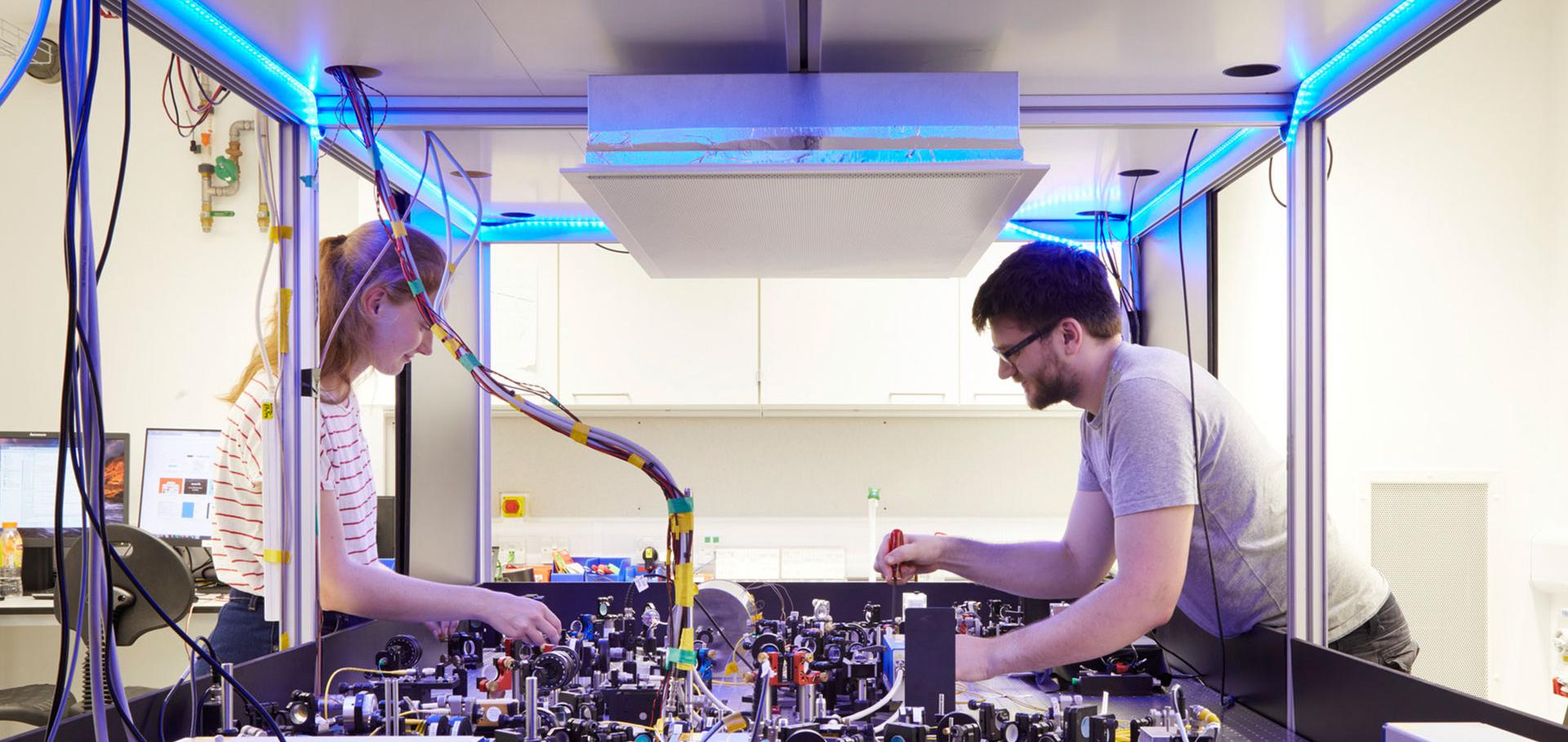Bradshaw and bayes: Towards a timetable for the neolithic
Cambridge Archaeological Journal 17:SUPPL.1 (2007) 1-28
Abstract:
The importance of chronology is reasserted as a means to achieving history and a sense of temporality. A range of current methods for estimating the dates and durations of archaeological processes and events are considered, including visual inspection of graphs and tables of calibrated dates and the summing of the probability distributions of calibrated dates. These approaches are found wanting. The Bayesian statistical framework is introduced, and a worked example presents simulated radiocarbon dates as a demonstration of the explicit, quantified, probabilistic estimates now possible on a routine basis. Using this example, the reliability of the chronologies presented for the five long barrows considered in this series of papers is explored. It is essential that the 'informative' prior beliefs in a chronological model are correct. If they are not, the dating suggested by the model will be incorrect. In contrast, the 'uninformative' prior beliefs have to be grossly incorrect before the outputs of the model are importantly wrong. It is also vital that the radiocarbon ages included in a model are accurate, and that their errors are correctly estimated. If they are not, the dating suggested by a model may also be importantly wrong. Strenuous effort and rigorous attention to archaeological and scientific detail are inescapable if reliable chronologies are to be built. The dates presented in the following papers are based on models. 'All models are wrong, some models are useful' (Box 1979, 202). We hope readers will find them useful, and will employ 'worry selectivity' to determine whether and how each model may be importantly wrong. The questions demand the timetable, and our prehistories deserve both. © 2007 McDonald Institute for Archaeological Research.'Rev Thomas Bayes: Get Ready to Wiggle' — Bayesian Modelling, Radiocarbon Wiggle-Matching, and the North Wing of Baguley Hall
Vernacular Architecture Taylor & Francis 38:1 (2007) 87-97
A cremated bone intercomparison study
Radiocarbon 49:2 (2007) 403-408
Abstract:
It is now almost 10 yr since radiocarbon dating of cremated bone was first developed using the small carbonate component contained within the hydroxyapatite-based inorganic fraction. Currently, a significant number of 14C laboratories date cremated bone as part of their routine dating service. As a general investigation of cremated bone dating since this initial development, a small, cremated bone intercomparison study took place in 2005, involving 6 laboratories. Six cremated bone samples (including 2 sets of duplicates), with ages spanning approximately 1500-2800 BP, were sent to the laboratories. The results, which showed relatively good agreement amongst the laboratories and between the duplicate samples, are discussed in detail. © 2007 by the Arizona Board of Regents on behalf of the University of Arizona.Quality assurance of ultrafiltered bone dating
Radiocarbon 49:2 (2007) 187-192
Abstract:
Ultrafiltration of bone collagen provides a method of purification that can be very effective in reducing environmental contamination from soil-derived amino acids as well as removing degraded collagen or other short-chain proteins. The Oxford Radiocarbon Accelerator Unit (ORAU) first implemented ultrafiltration in the pretreatment of bone material for accelerator mass spectrometry (AMS) radiocarbon dating in 2000. However, the filters themselves contain carbonaceous material, and thus stringent quality control is required to demonstrate that this does not affect the accuracy of the dating. Here, we present quality assurance data from the bone pretreatment and dating program at ORAU, including dates on known-age and background-age bones over a range of sample sizes, and measurements of residual carbon contamination present in the filters after cleaning. © 2007 by the Arizona Board of Regents on behalf of the University of Arizona.Radiocarbon intercomparison program for Chauvet Cave
Radiocarbon 49:2 (2007) 339-347


